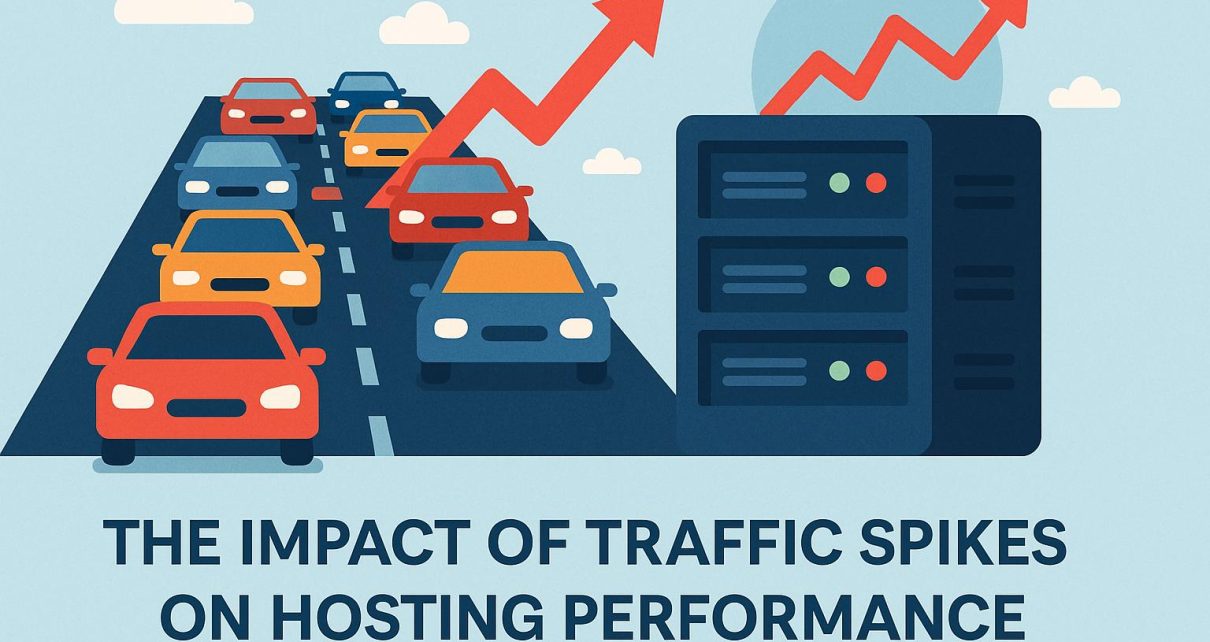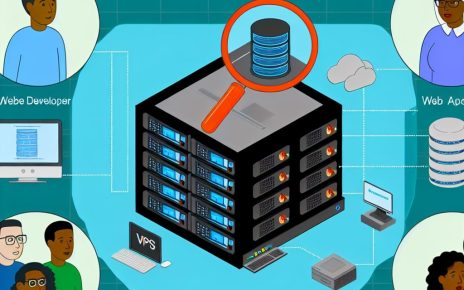The Impact of Traffic Spikes on Hosting Performance
Traffic spikes can have a notable impact on website performance, particularly when the hosting environment is not tailored to cope with sudden increases in site visitors. Understanding how these surges affect hosting performance is essential for maintaining a consistent and responsive user experience.
Understanding Traffic Spikes
Traffic spikes are sudden and often unpredictable increases in the number of users accessing a website. These spikes can be triggered by various events, such as the viral spread of content on social media, the success of a marketing campaign, or a mention by a prominent media outlet. While these spikes can offer substantial growth opportunities, they can also pose significant challenges by placing a tremendous strain on server resources, which can degrade performance if not managed properly.
Load on Server Resources
The sudden influx of visitors during a traffic spike can place immense pressure on server resources. Key resources like CPU usage, RAM, and bandwidth, which are inherently finite, may become overwhelmed if not adequately prepared for peak traffic volumes. This may result in the degradation of website response times, partial or complete page load failures, and, in the most severe instances, the website becoming entirely inaccessible.
Servers typically operate optimally under a predictable and moderate load. When this load increases dramatically, the hardware may not be able to keep up with demand. The server’s CPU may hit maximum utilization, causing it to struggle with request processing, while memory (RAM) may become insufficient to handle concurrent processes efficiently. Moreover, the available bandwidth might be consumed faster than anticipated, leading to data transfer limitations.
Website Performance Issues
Traffic spikes can lead to several specific performance issues, each with potential impacts on the user experience and business outcomes:
Increased Load Times: As the server becomes overloaded, it takes longer to process requests, leading to slow page-loading times. Users generally expect web pages to load quickly, and increased latency can result in higher bounce rates as visitors may leave before the page fully renders.
Downtime and Crashes: Without a robust infrastructure capable of handling traffic surges, websites might go offline or crash entirely. Downtime affects user experience negatively, and it can also cause significant revenue losses. Additionally, frequent crashes might damage brand reputation, potentially affecting customer trust and future engagement.
Database Overload: Websites reliant on dynamic data often require heavy interaction with databases. A surge in requests can overwhelm the database server, causing query slowdowns, timeouts, and potential errors on the site. This can lead to unresponsive elements, incomplete data retrieval, or even complete site failures.
Mitigating the Impact
To effectively manage and mitigate the negative consequences of traffic spikes, it is crucial to implement strategies that bolster the website’s resilience and readiness:
Scalable Hosting Solutions: One of the most effective methods for managing fluctuating traffic volumes is to employ scalable hosting solutions. Cloud hosting, for example, offers dynamic resource allocation, allowing servers to scale up or down according to demand. This scalability ensures that performance remains consistent even during traffic peaks, preventing service disruptions or slowdowns.
Content Delivery Networks (CDNs): Utilizing CDNs is a strategic approach to reduce server load by caching static content at various locations worldwide. CDNs help improve load times for users based on their geographic proximity, reducing latency. Furthermore, by offloading content delivery from the origin server, CDNs help mitigate the impact of traffic spikes, ensuring that core server resources are reserved for managing dynamic content and transactions.
Load Balancers: Implementing load balancers can distribute incoming traffic across multiple servers efficiently, preventing any single server from becoming a bottleneck during periods of high demand. Load balancers are pivotal in ensuring that server loads are balanced, reducing the likelihood of any individual server failing due to overload.
Regular Performance Testing: Conducting routine load testing and performance monitoring is vital in understanding the capacity and limitations of your hosting setup. By identifying potential weaknesses before a spike occurs, businesses can make preemptive adjustments to their infrastructure. Performance testing helps simulate traffic spikes, allowing businesses to gain insights into how their systems cope under pressure and enabling strategic enhancements to be made in advance.
Agility and foresight are critical to navigating the challenges posed by unexpected traffic spikes. By investing in robust infrastructures and undertaking proactive monitoring, businesses can harness the benefits of increased exposure without sacrificing user experience. Companies that successfully implement these strategies position themselves to maximize opportunities for growth while ensuring operational stability in the digital landscape.




